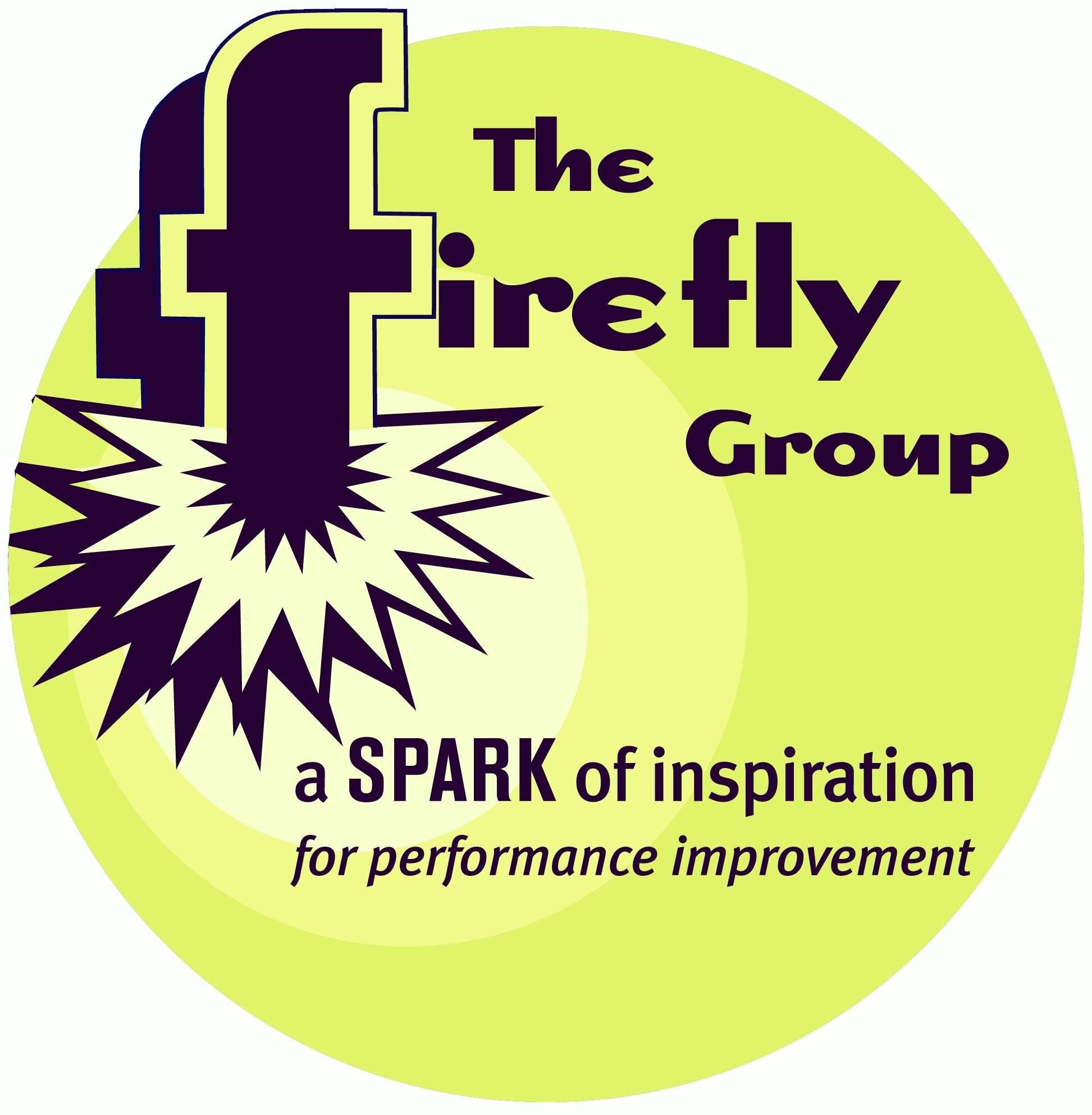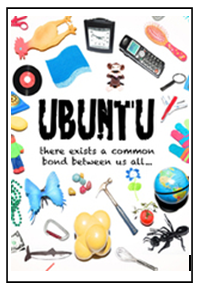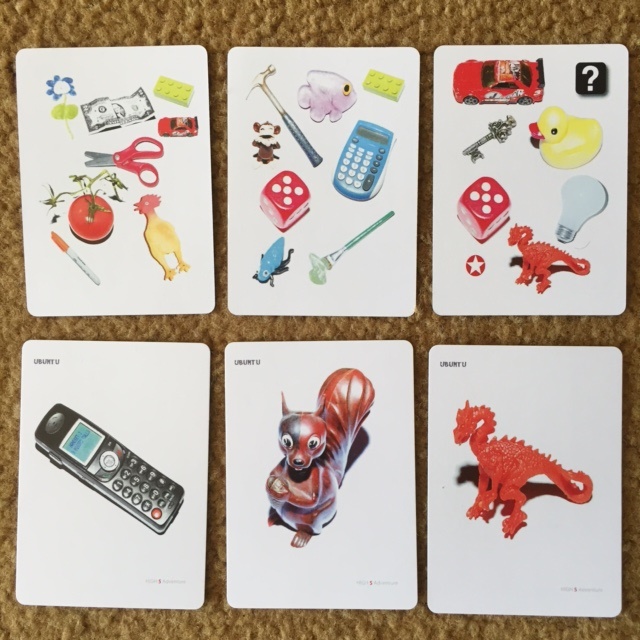

What's New

Words of Wisdom
52
cards and 15 activities to spark conversations and make sense of learning.
Learn more HERE.
What We Do
The Firefly Group helps people make sense of what they learn and experience.
Whether facilitating a group for better decision-making, keynoting a conference, leading a training, or writing an instructional design, we use novel methods that engage, spark creativity, and produce memorable results.
 If
this sounds like a good direction for your organization, let's talk about
how we might collaborate! Please give me a call (802.257.7247) or send an
. - Brian
If
this sounds like a good direction for your organization, let's talk about
how we might collaborate! Please give me a call (802.257.7247) or send an
. - Brian
 Your ETR (Estimated Time to Read): 5 minutes Your ETII (Estimated Time to Implement Ideas): 5 weeks |
What
can you teach with a glass of water and an index card?
Watch my video and find out!
October 2016
|
Say
It Quick |
Discoveries bits of serendipity to inspire and motivate |
Ideas fuel for your own continuous learning |
Activities tips and tricks you can try today |
| UBUNTU Cards | Pairs-Quads-Eights |
Social Capital
- The currency of community
Social media provide many ways to meet and interact with people of like mind.
But how adept are you when mingling face to face? Can you easily make lasting
friendships for yourself and meaningful connections between very different
people?
Learn more by attending my session, The
Cocktail Party, at the North
American Simulation and Gaming Conference this month in Bloomington, Indiana.
Or you can start learning now with this introduction in just 99 words.
Friending
Angela was born, raised, and lived her entire adult life on Long Island. As an elder, she worried about her granddaughters: challenges as young women, teen life online, friends they would make. Her own life had been different."We knew everybody. All our cousins lived just down the block. We never had to learn how to make friends," she said.
It's great to enjoy close family bonds. But knowing how to reach out across family or social groups to bridge differences is also critical.
Perhaps Angela would be less worried if she knew and could teach those skills.
 UBUNTU
Cards
UBUNTU
Cards
There exists a common bond between us all…
If you've played the game "Spot it!" you'll be familiar with UBUNTU, a card game created by High 5 Adventure Learning Center. But there are some significant differences.
UBUNTU cards, like Spot it!, have eight random images on each card. Compare any two cards and you'll find just one image that both share. The basic game is to turn over cards and see who can identify the common image between them.
While you can find a dozen versions of Spot it! on Amazon, UBUNTU is different in that the back side of each card has just one unique image. This offers additional play options. And that's the other advantage of UBUNTU. The deck comes with instructions for a dozen different teambuilding games. In addition, the website has many more invented by players like you and me.
UBUNTU was created by High 5 Adventure Learning Center as a supplement to their ropes courses for educators, leaders, and teams of all ages. The basic game played with UBUNTU helps people discover common bonds. Find commonalities on the cards and you can open the door to learning about other mutual interests.
Other games have different purposes: Making subgroups within a team; Collaborating to tell a story; Using a metaphor to analyze learning.
And there is one additional advantage of UBUNTU cards: proceeds support the High 5 Edge of Leadership Program which helps young people discover, refine, and use their leadership skills in their school and community.
Resources:
UBUNTU Cards from High 5 Adventure Learning Center, 130 Austine Drive, Suite 170, Brattleboro, VT 05301. ubuntucards@high5adventure.org
High 5 Adventure Learning, http://high5adventure.org/
 A
Common Thread
A
Common Thread
Why is it so important that members of a team find commonalities between them?
Is it possible to have a team without a lot of inner group bonding? People
seem to respond to the common threads they find, but is that necessary?
I would suggest yes and the reason is trust.
Trust is the critical element that makes a group of people a functioning team. If you need more than one person to complete a task, those people need to be assured that each of them will do their part, they need to trust.
But think about what it's like to enter a room where you know no one. How will you decide whom to approach? Research shows we tend to gravitate to people we perceive to be like ourselves. We have an unconscious bias for people we see as similar in race, status, education, profession, age, and many other factors. These biases have an unconscious effect on our hiring practices, choice of friends, and many other decisions.
Of course, our biases have a survival value. The more common threads that bind us, the more basis there is for trust. And with increased trust there is more likelihood that those people will back us up when we need support. These are called Bonding relationships in the book Bowling Alone by Robert Putnam (Simon & Schuster, New York, 2000).
But Putnam also describes another type of relationship with high survival value which he calls Bridging relationships. These are the connections between different groups within a larger society.
Bonding and Bridging relationships work together to build strong communities. For example, with strong Bonding relationships, your Neighborhood Watch group will do great work. But, if your Neighborhood Watch group develops Bridging relationships with the Parent Teachers Association and a nearby house of worship, all three groups will be more effective in both their common and separate projects.
Building bonds within groups and bridges across groups creates what Putnam calls Social Capital, the "currency" of community. Creating Social Capital begins with finding common threads then weaving more and more of them into cords that Bond and, eventually, cables that Bridge.
Pairs-Quads-Eights
In the 99-Word Story, Angela confessed that she never had to learn how to
make friends. The truth behind her statement of helplessness is that friend
making is a skill that can be taught. In fact, the skills to develop the Bonding
relationships of friendship as well as the Building relationships across social
groups are teachable.
My favorite method for teaching both is The Cocktail Party, a simulation I developed to allow people to identify their personal strengths for meeting new people and networking. In the simulation, participants take on a set of fictional interests and "work the room" meeting people and trying to find others with similar interests. When players make appropriate moves, they receive a point. Their challenge is to discover what they did to get the point then replicate that action. In the process, they discover their personal friend-making strategies and determine how to build upon that foundation for the future.
To learn more about The Cocktail Party including how to purchase a PDF with everything you need, please .
In the meantime, here is a simple activity to tease out the common threads within a group. You can increase relevance for your particular situation by using some of the variations listed at the end.
Pairs-Quads-Eights
Materials: (None)
Number of Participants: At least 8, best with 16 or more
Time: 10-15 minutesProcedure:
Invite everyone to stand and begin moving casually around the room. Ask them to stop when you signal and choose a partner who is standing near them.Instruct each pair to introduce themselves and find one thing they have in common. This commonality cannot be something obvious like a physical attribute. Suggest that they try and discover something like an interest they share, an experience in common, or an activity that they both enjoy. Give them about a minute.
Next, tell people to stay with their partner and make a group of four with another pair nearby. When everyone is in a quad, instruct them to take turns introducing their partner to the new pair and sharing the commonality they discovered. Then, challenge them to find one non-obvious thing that all four in their group share. Allow 5 to 7 minutes.
Ask people to maintain their group of four and form a group of eight with another quad nearby. Instruct them to take turns introducing a different person in their quad to the new group of four. After each quad shares the commonality they discovered, ask them to find one non-obvious thing that all eight in their group share. Allow 5 to 7 minutes.
People can stay in these groups for the next activity in your program or you can have each group of eight share their commonality with the entire group.
Variations:
- Not enough people, play just "Pairs and Quads" or "Two-Four-Six"
- Too easy, restrict the commonality to a more obscure topic area such as international travel, non-fiction books, favorite dish you like to prepare
- Not relevant, confine the commonality to your topic
- Early in your meeting, make the commonality something you want to know, learn, or do in the meeting
- Late in your meeting, make the commonality something you learned or something you will do in the future as a result of the meeting
As always, good luck with this activity and if you try it, how it worked! --Brian
|
Whether you need a keynote speaker, or help with strategic planning, performance improvement, or training facilitators and trainers in your organization, I look forward to your call (802.257.7247) or . -- Brian |
Read previous
issues. Click Library!
To add or delete your name to our mailing list, email
with a short note in the subject line.
I want this newsletter to be practical, succinct, and thoughtful. If you have suggestions about how I can meet these criteria, please let me know! Send me an with your thoughts and ideas.
Home
| Services | Products
| Mission | Ideas
| The Group | The
Buzz
(c)
2016 The Firefly Group